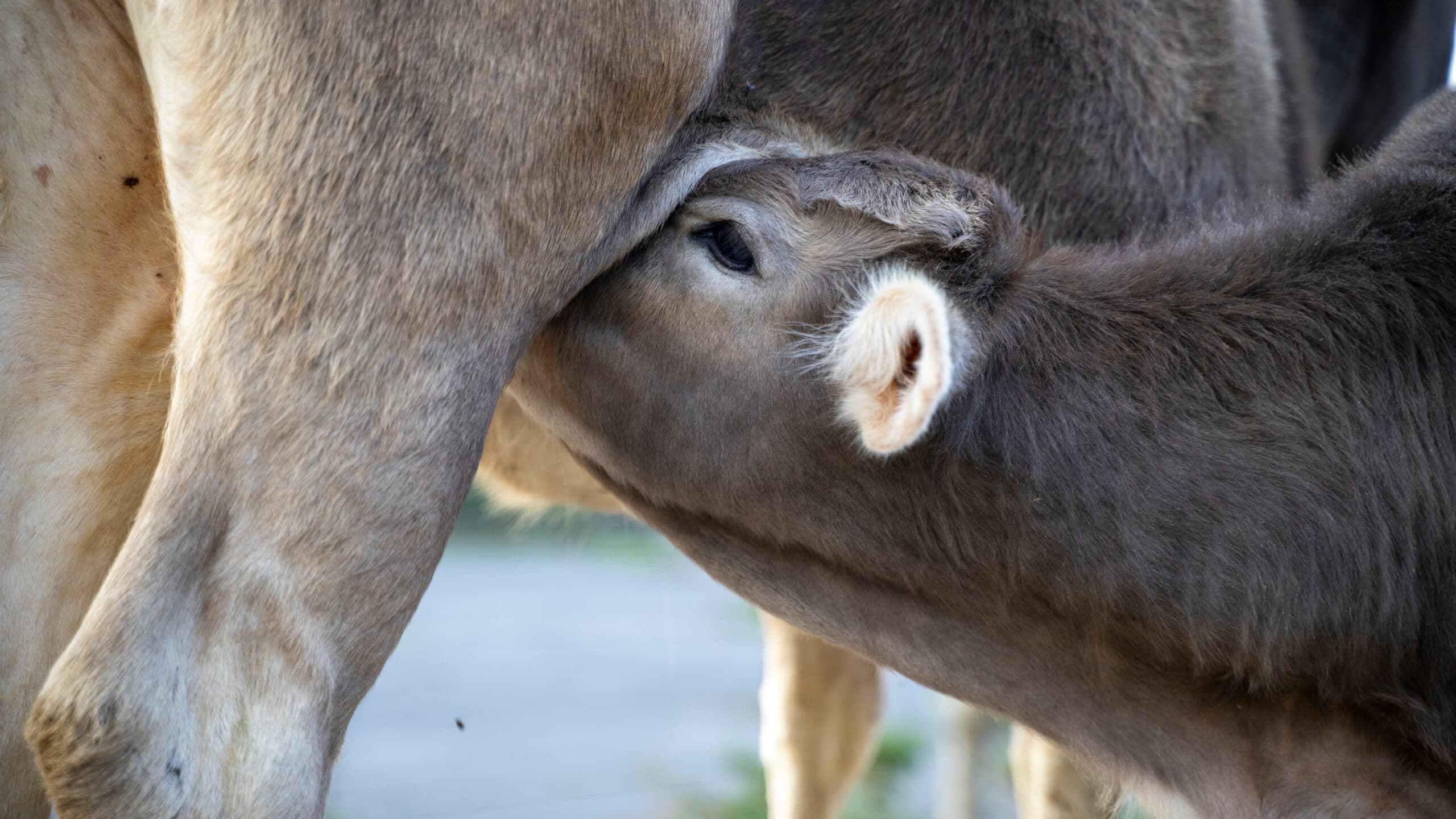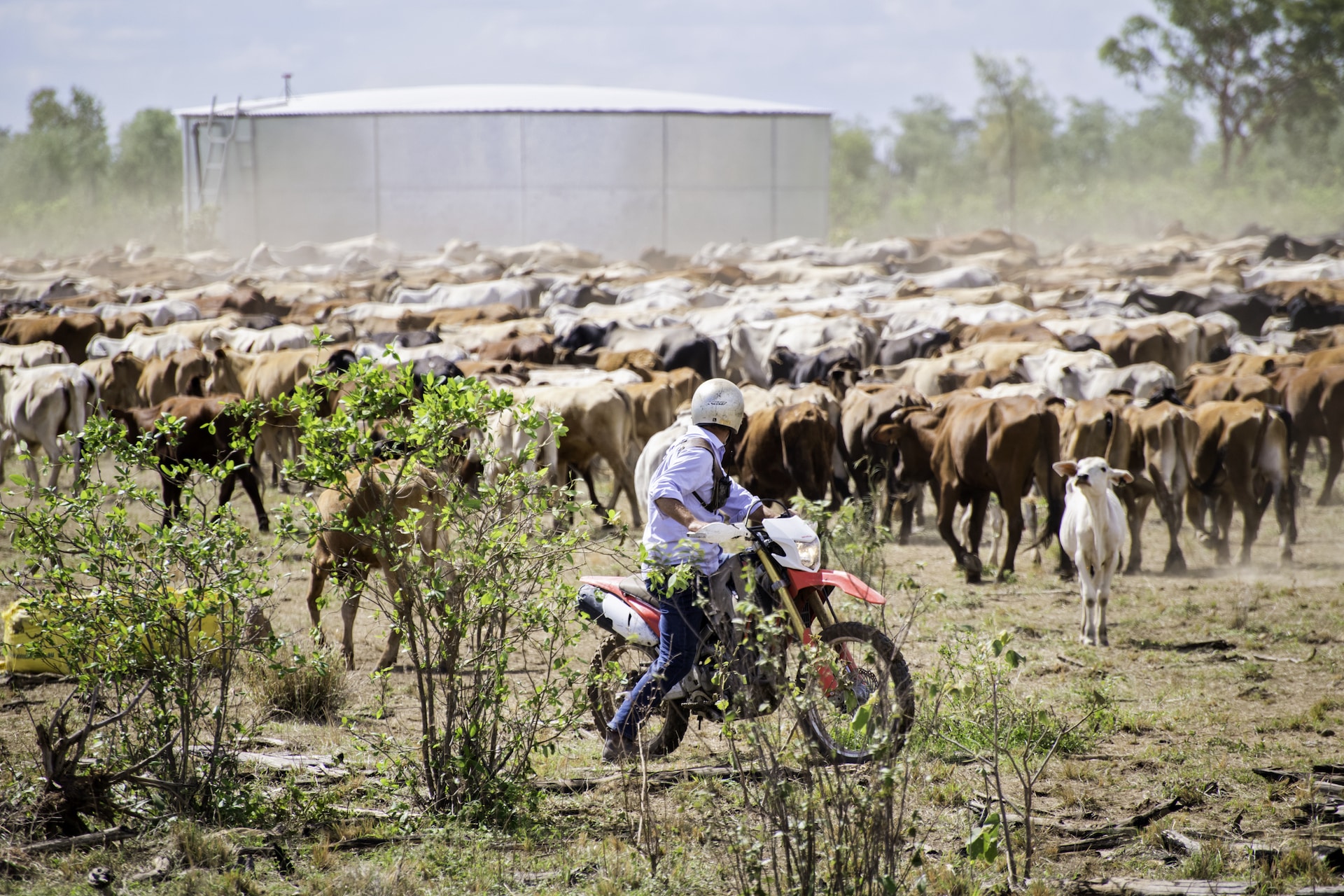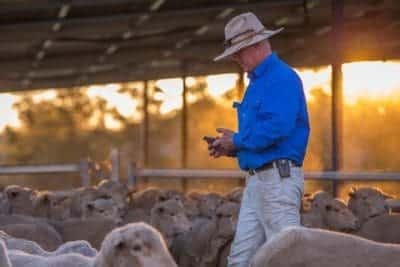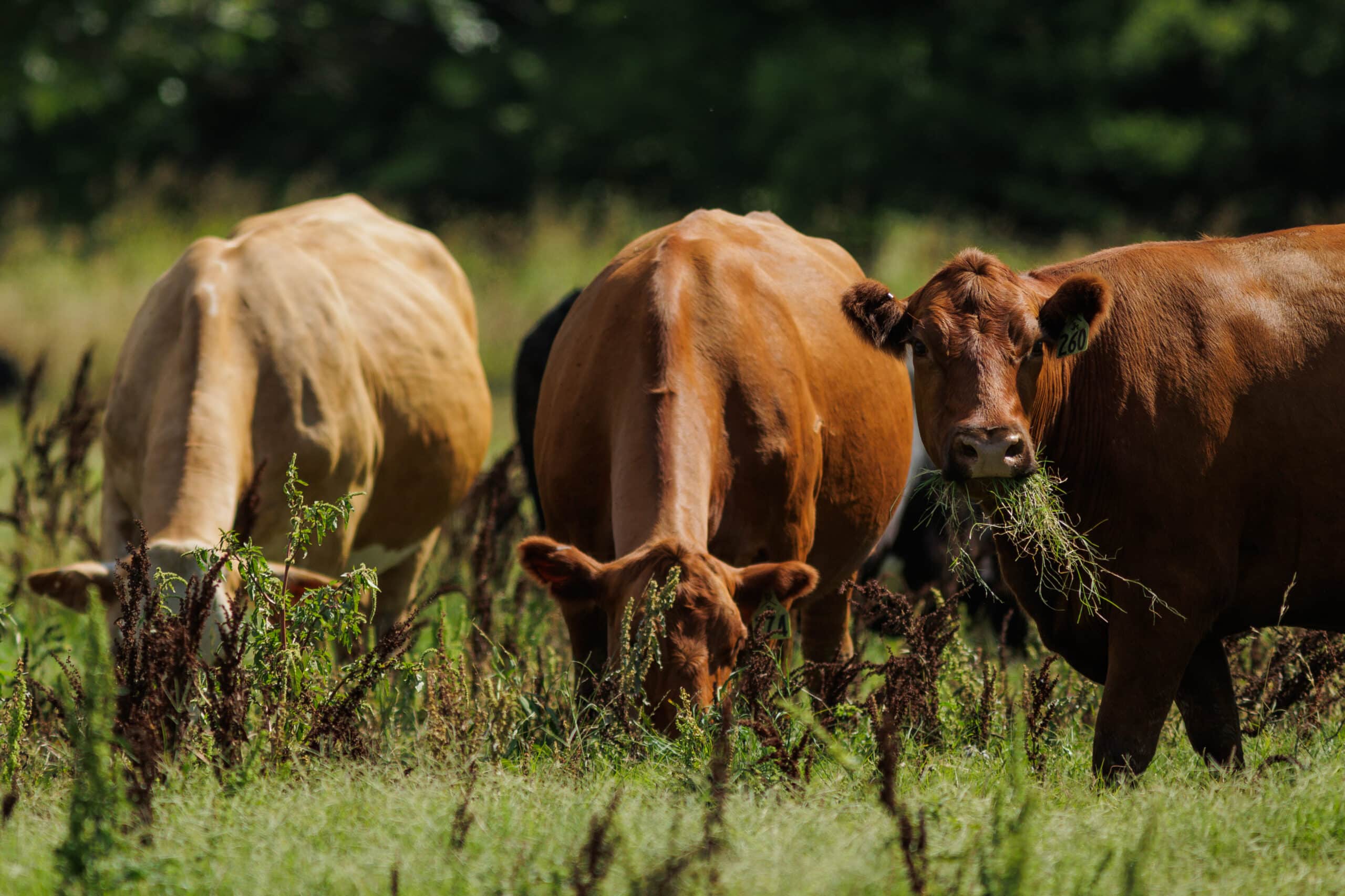Visualising data to uncover profit-driving reproduction and fertility insights

Fertility is a key profit driver in the livestock industry. For many producers improving a herd’s reproductive performance offers the best opportunity to improve overall productivity. Genetics, nutrition, and joining period all contribute to getting more lambs or calves on the ground. Reliable fertility records give you the opportunity to identify areas of improvement for your operation.
We recently conducted a workshop on reproduction and fertility management through AgriWebb, to show how our livestock business management platform streamlines record keeping for this all important area. A poll conducted during this workshop revealed that 75% of the participants believed weaning percentage and weight was their most important consideration in the reproduction cycle of their livestock. It’s something that James Knight, who runs Sisters Pastoral Co. with his wife, Georgia, considers one of his KPIs, right behind his winter stocking rate. “I have a really good record of paddock and business performance and a better understanding of our stocking rate, which is our key profit driver.” Over four years, the Knights increased their stocking rate by more than 45% because of the insights they gained by managing their livestock with AgriWebb.
Based in south west Victoria, Sisters Pastoral Co. has 2,200 hectares under management over three farms and will join 1,700 females, including heifers, next financial year. At 450 to 500 kilograms, steer progeny go into a Riverina feedlot before they are processed for the Japanese market. The development of the business has been boosted by a change in the cattles’ joining period.
The cows are naturally joined for 42 days while the heifers go through a fixed-time AI programme for an average calving date around the 21st of August. That’s a shift from a few years ago when 80 to 90% of the cows calved in March.
“It was incredibly intensive, calving in March. We found ourselves feeding cows from February through to August every day or every second day. Our cows were basically looking at a brick wall at the end of May when the bulls were going out,” James says.
“Now we go out on approximately the 25th of October, and everything’s happening quite organically from a pasture supply and demand point of view. That was a significant shift that has allowed the business to grow.”
Using AgriWebb has helped James to manage these changes and keep on top of herd fertility. “Everything is done in AgriWebb from a livestock recording standpoint. We use the mob-based management platform. It has been pretty powerful from a fertility point of view, in terms of tracking our performance – specifically if any complications arise with the bulls.”
AgriWebb can automatically create joining records when a mob of sires moves into a paddock with dams or vice versa. You can record scanning results crush-side as preg scans are done, with scanning percentage calculated as you go. Marking and weaning records can also be made on your mobile, on the go.
Of course, records alone don’t lead to insights, which is why AgriWebb’s Fertility Report is so valuable. The report organises joining, scanning, marking and weaning records by maternal breed, age class and tag colour. It pulls together your information and makes it easy to analyse your productivity and natural increase.
Being able to clearly see when joining periods began and how long they were means you can assess the impact that shifting this period might have. You can review your paddock performance and see how much you’ve spent on supplementary feed to weigh up how changing calving time will affect your productivity.
Comparing scanning results across your herd, and across the seasons, you’ll be able to identify issues that cause poor outcomes. Are pregnancy rates impacted by pasture availability and condition score? The data that AgriWebb provides will bring all of this together so you can see the complete picture.
With AgriWebb’s Individual Animal Management, you can go a step further, revealing the complete history of particular sires and dams. You can identify under-performers for more informed culling decisions.
Reproductive management is one of the most important factors affecting the economics of livestock operations. Using AgriWebb makes it easier to address any shortcomings and to build on your wins, so you can improve herd fertility and increase long-term profits.
Watch a free interactive demo today to find out how AgriWebb can enhance your livestock operation.



